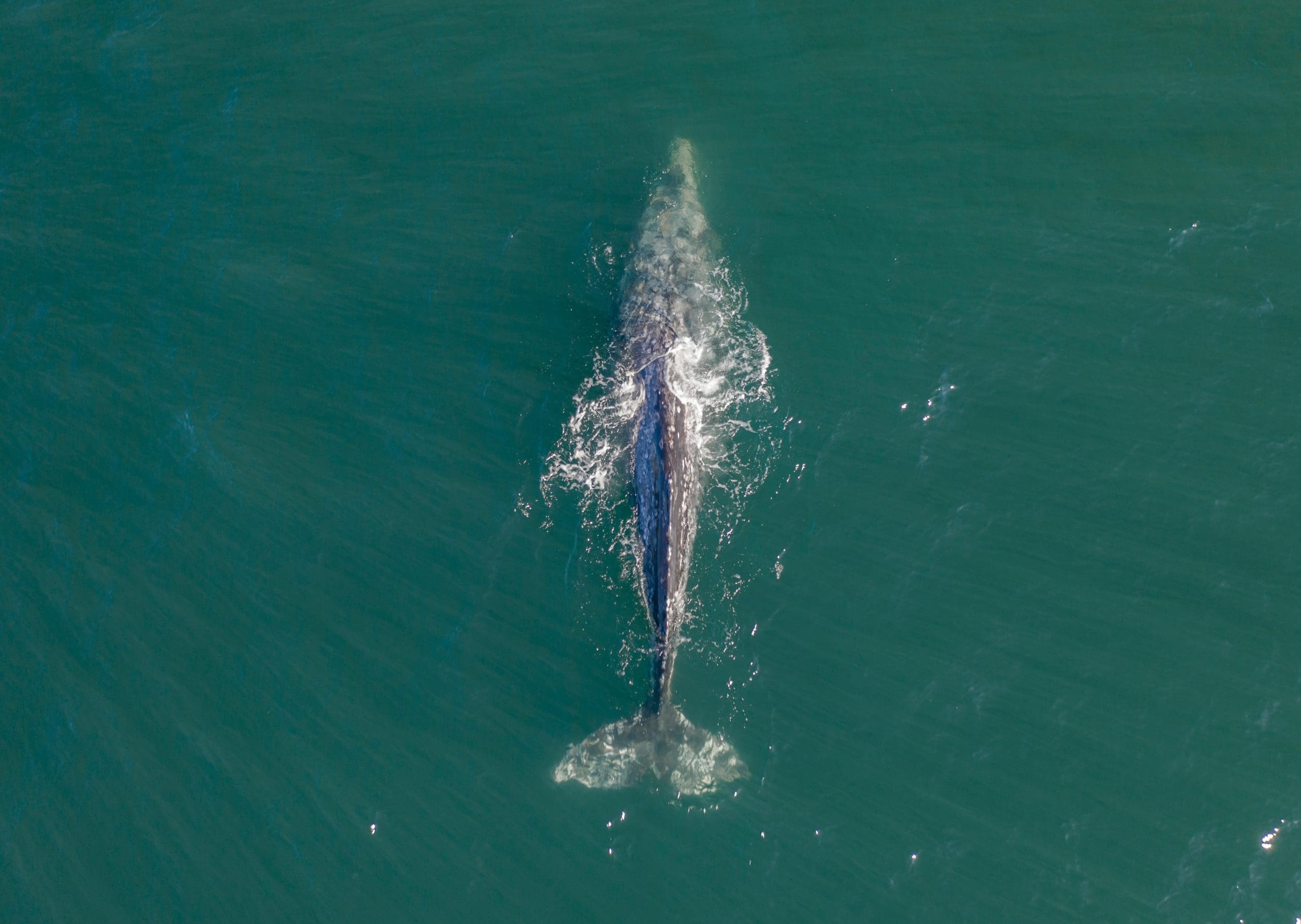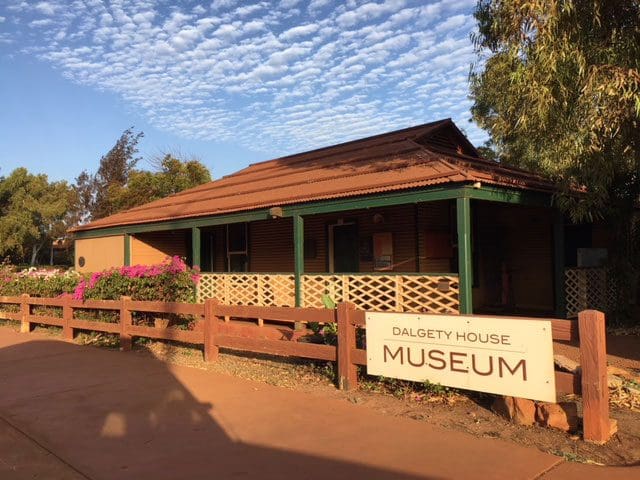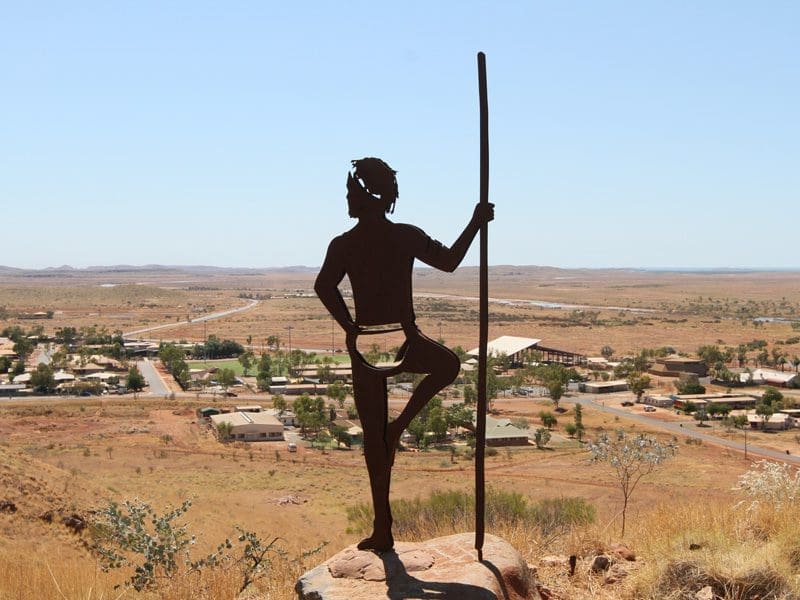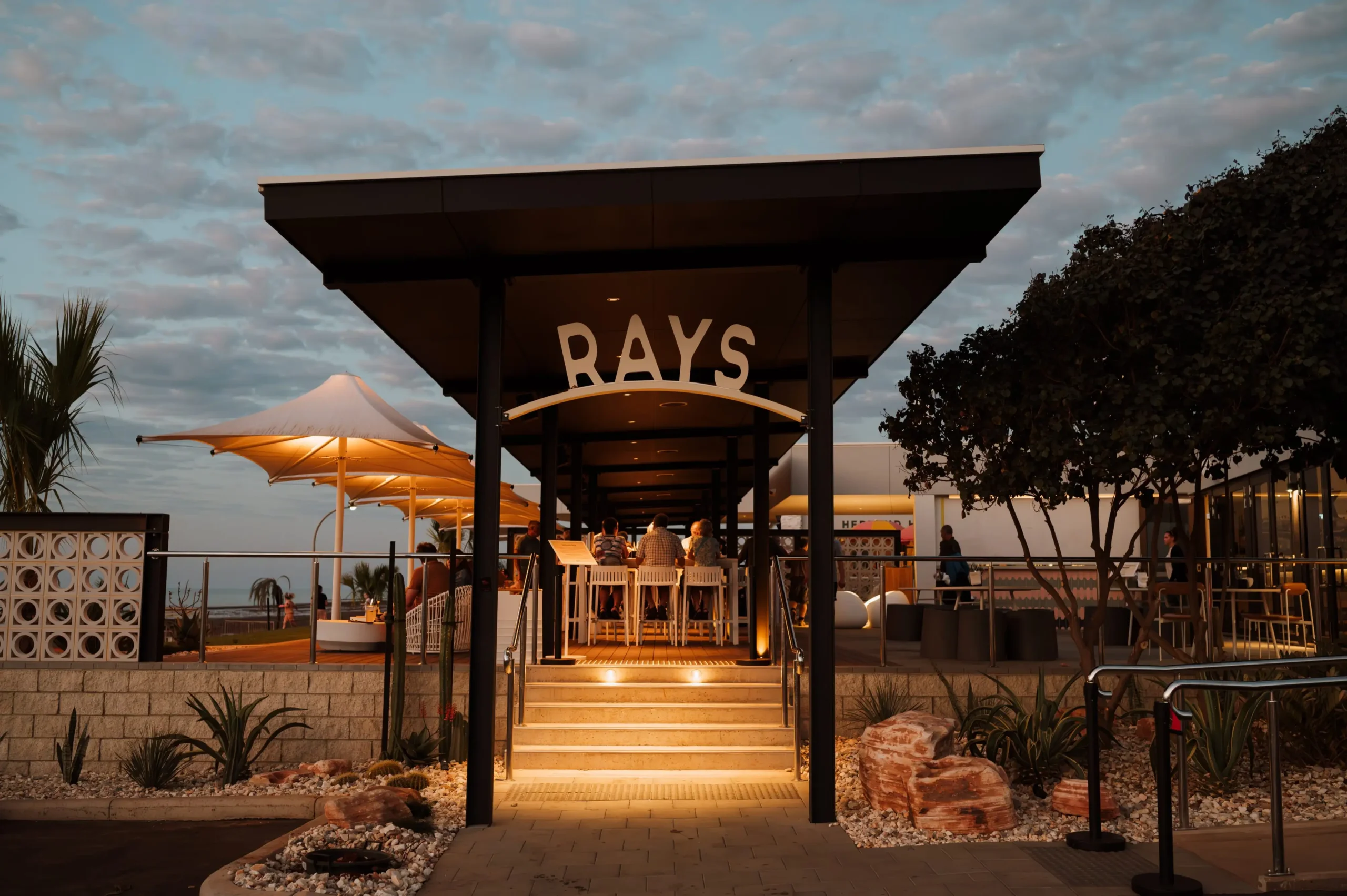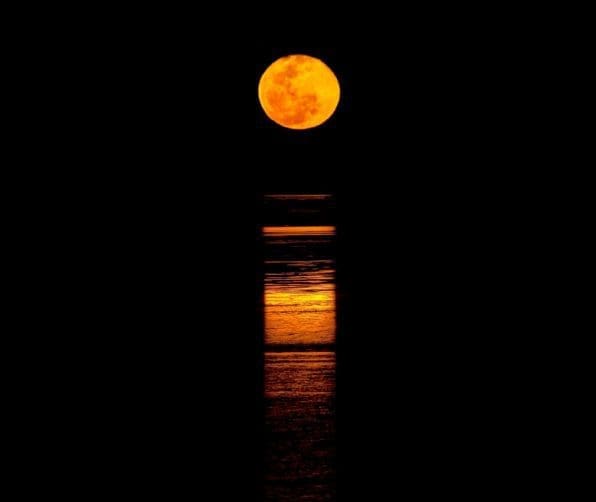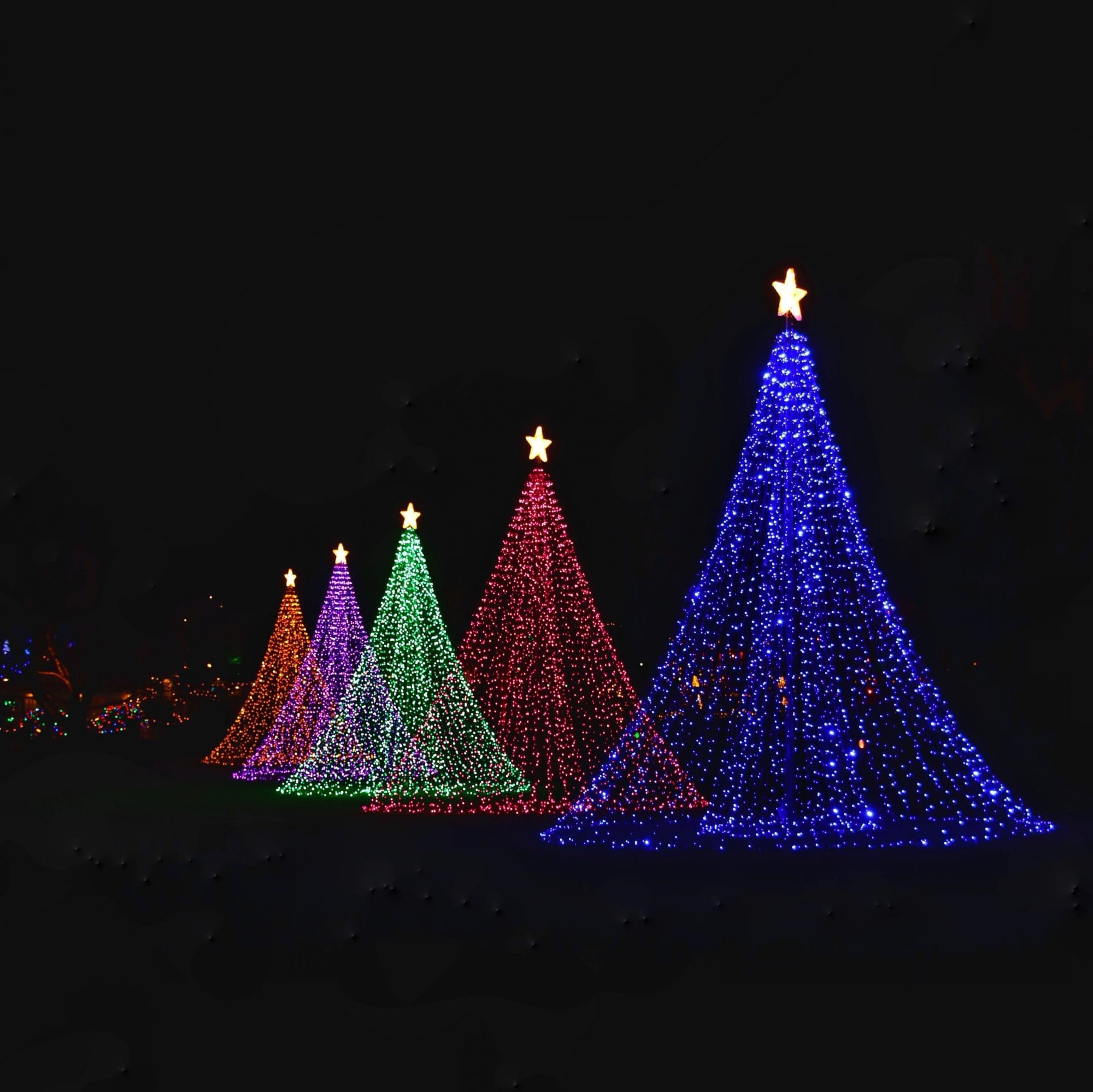The Pilbara is known for its red dirt, mining industry, national parks, and long, open roads. But it’s also home to a population of animals that you don’t normally associate with the desert.
There are six species of sea turtles found in Australian waters, five of which can be found on the Pilbara coast. And the Port Hedland area is a key nesting ground and foraging habitat for several of these species, including flatback, loggerhead, hawksbill, and green turtles.
But unfortunately, these gentle animals are endangered. Continued habitat degradation, pollution, and predation from other animals all pose a significant threat to the Pilbara turtle population.
To combat this, conservation groups and the local authorities are running a series of activities and programs to protect and conserve these endangered animals. Turtle monitoring is a key part of this work.
What is turtle monitoring?
Turtle monitoring is pretty much what it sounds like. Local groups and wildlife organisations are working to track turtles in the Pilbara, with a big focus on monitoring their nesting and hatching habits. Which is, essentially, finding where they nest, then carefully watching and protecting the eggs until they hatch, and ensuring the baby turtles make it safely back into the ocean.
By closely observing their nesting habits, measuring population trends, and identifying potential threats, researchers and volunteers are able to gain important information that helps plan turtle conservation strategies.
And the good news is that you can get involved.
Turtle monitoring is a unique attraction and one that lets you see these beautiful creatures up close. There’s nothing you have to do, really. The actual monitoring, data collection, and tracking is left to the experts.
All you have to do is show up at the right time, and watch the magical occurrence of turtles hatching from their eggs.
Better yet, it’s much cheaper than taking an ocean cruise to try and catch a glimpse of a turtle; you don’t need special equipment like snorkelling, and there’s absolutely no chance of encountering stingers or other prickly sea creatures.
When is turtle hatching season in Western Australia?
Turtle nesting season is a critical time for monitoring the turtle population. It occurs all along the northwest coast of WA, in well-known spots like Exmouth and Ningaloo Reef—but also in areas where you may not expect, like Port Hedland.
It occurs at different times depending where you are in the North West. It can vary from year to year, but in general, it’s between October and March when the weather starts to warm up.
Turtle hatching season typically starts eight weeks after the turtles begin to nest.
The hatching itself takes place anywhere from dusk to dawn. It’s triggered by the sand on the beach starting to cool down, which creates a natural signal for the turtles to start hatching out of their eggs.
Then, after the baby turtles slowly make their way out of their shells, they crawl off down the beach, into the water, and on to their new lives in the ocean.
Where can you watch turtles hatching in Port Hedland?
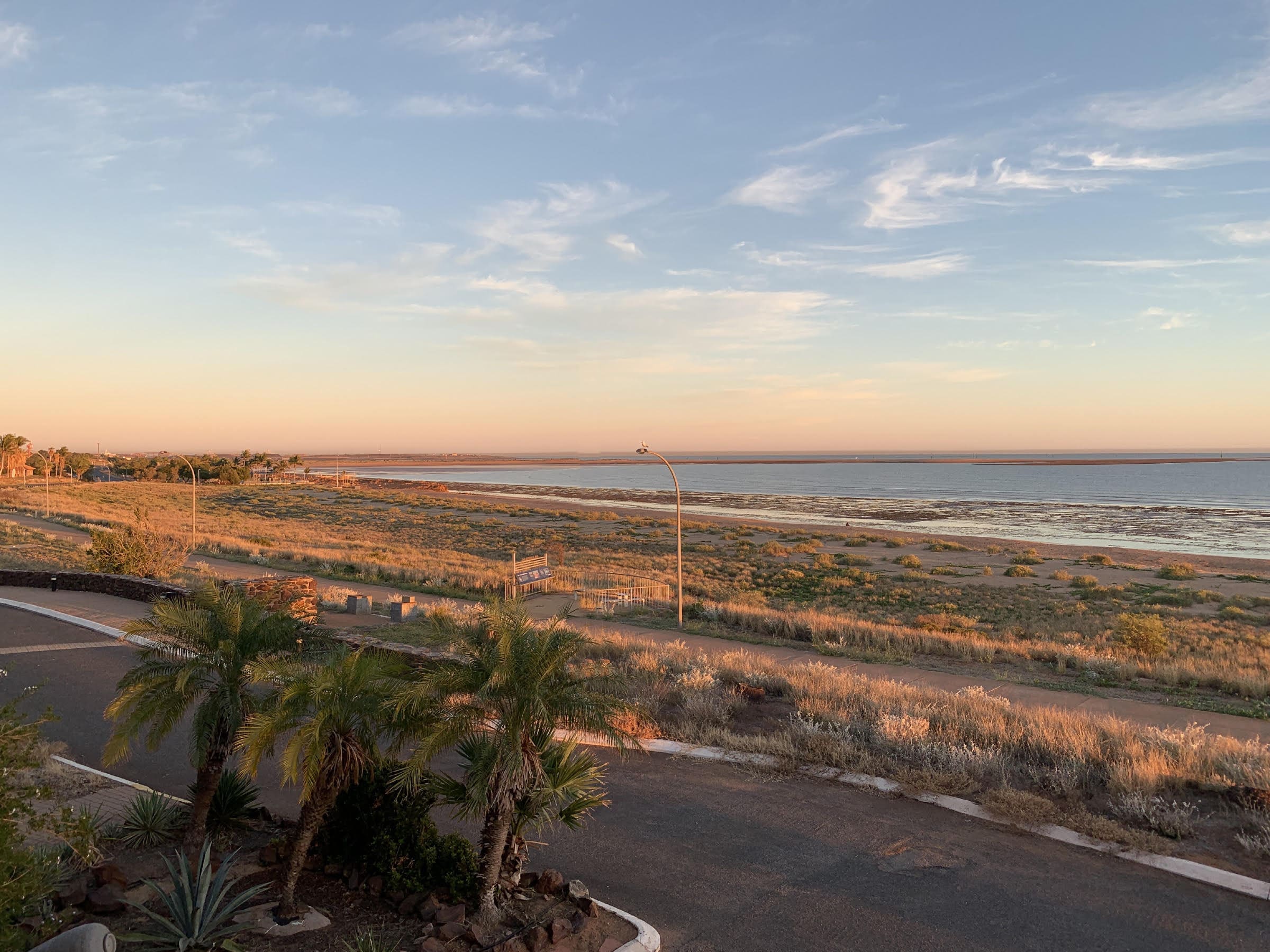
The best places in Port Hedland to see turtles hatching are at Cemetery Beach and Eighty Mile Beach, where large turtle rookeries are often found.
But when observing hatching turtles, there are some key things to remember.
No lights. Turtles are distracted by light, and you don’t want to intrude. This means no phones, no flash photography; just use the light of the moon and let your eyes adjust.
Go slowly and keep a distance. It’s best to move slowly and keep your distance so you don’t disturb or scare the turtles as they hatch. Let them do their thing.
Stay down low. To ensure the safety and comfort of hatching turtles during a very formative time in their life, stay down low and out of their sight. Sit, crouch, or lie in the sand.
And absolutely do not touch them. This is dangerous for new hatchlings and can impact their survival.
Accommodating you and our local wildlife
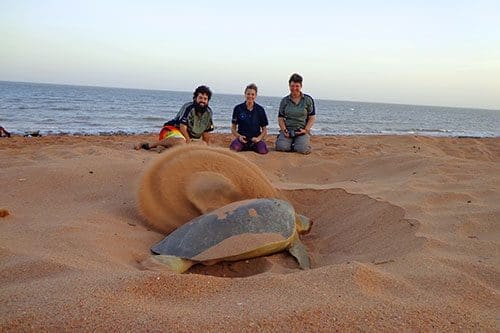
At The Hedland Hotel, we’re located just minutes from Cemetery Beach – just a short walk over the dunes where many flatback turtles nest and hatch.
With this in mind, our hotel lighting has been intentionally designed to minimise the impact on turtles.
Lighting has been located facing away from the beach, concealed from direct view, using controlled optics and aimed low to the ground to minimise any direct sight of the light fixtures.
The most visible exponent of the lighting is the use of warm tone amber colour in all exterior areas, a colour that is outside the visible colour spectrum of turtles.
We’ve also used Casambi smart control technology to allow lighting to be programmed according to time of the day, minimising unnecessary light waste – all of which makes The Hedland Hotel a leading example of best practice in environmentally-friendly lighting.
Explore the natural wonders on your doorstep at The Hedland Hotel
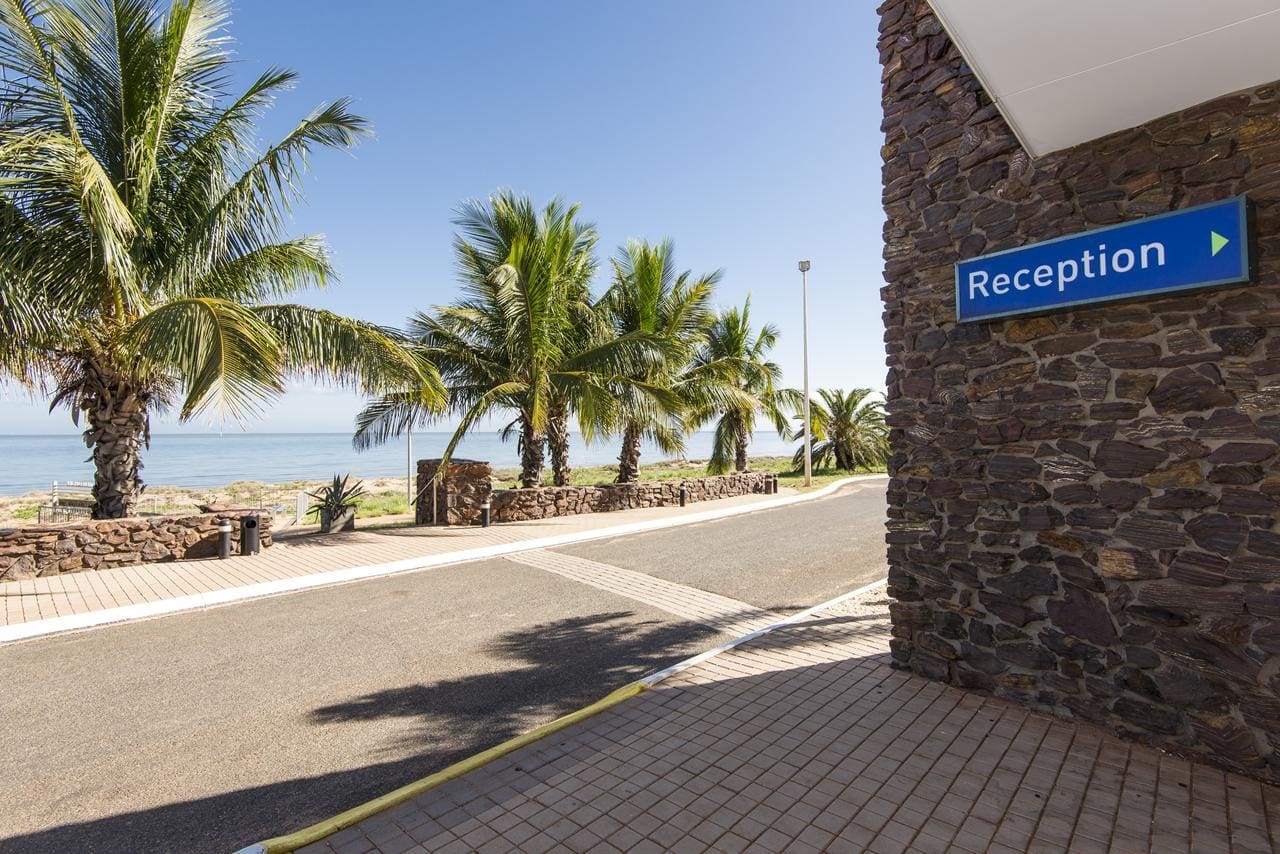
Being in Port Hedland during turtle hatching season is a truly remarkable event.
So to ensure you have the best chance of seeing this natural wonder, you need to stay close by. Plus, our friendly team can connect you with the local teams who are doing important work to monitor the turtles of the Pilbara coast.
